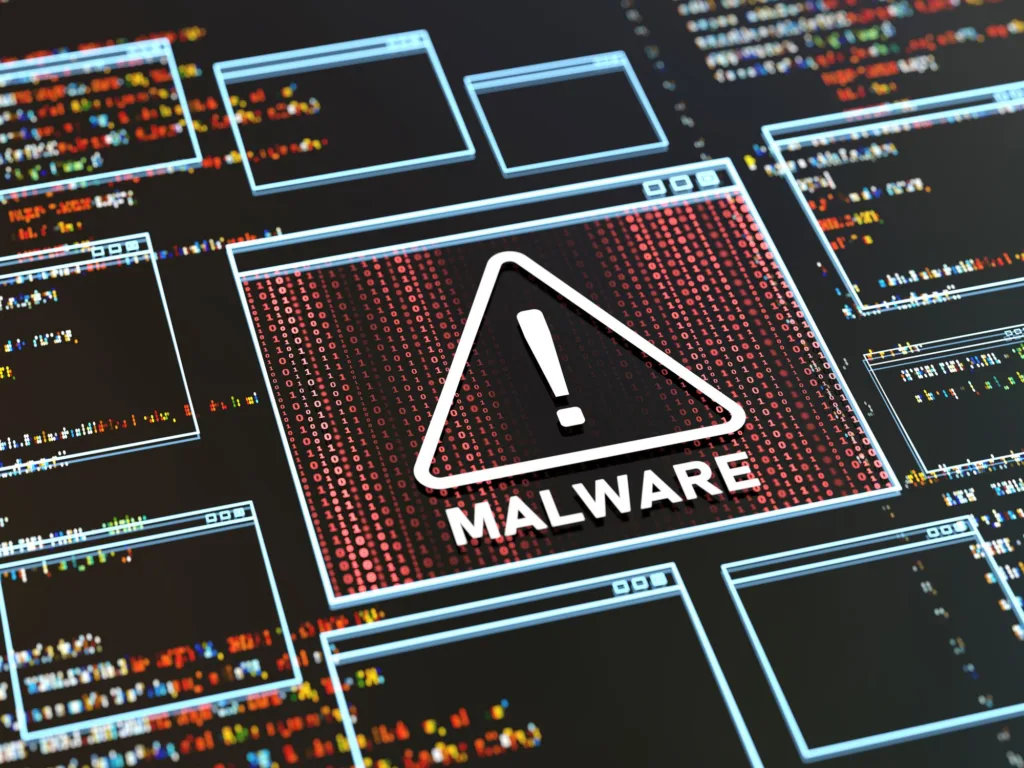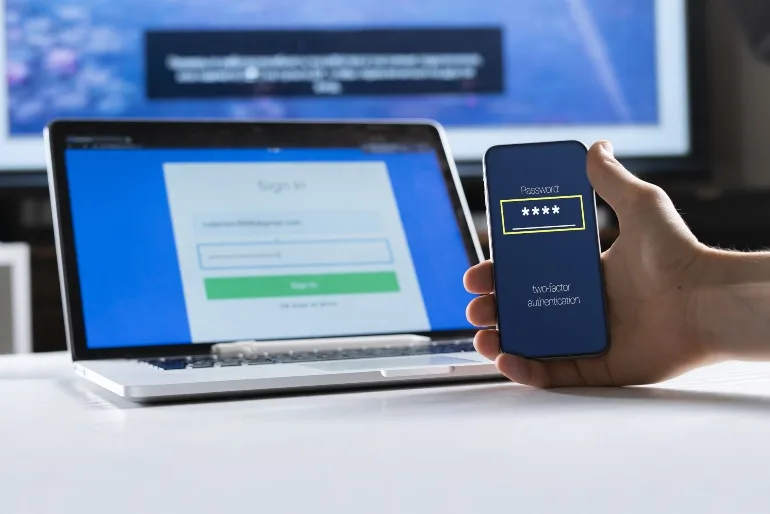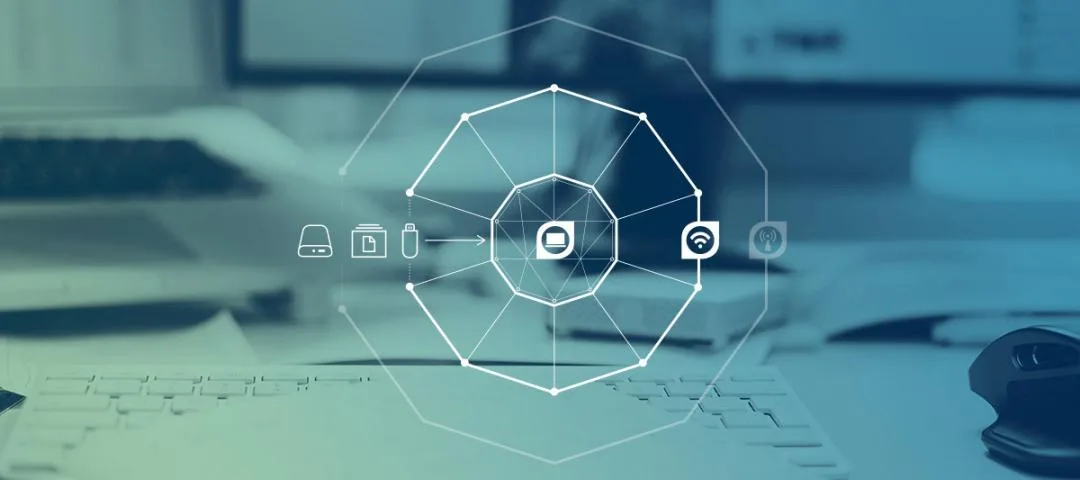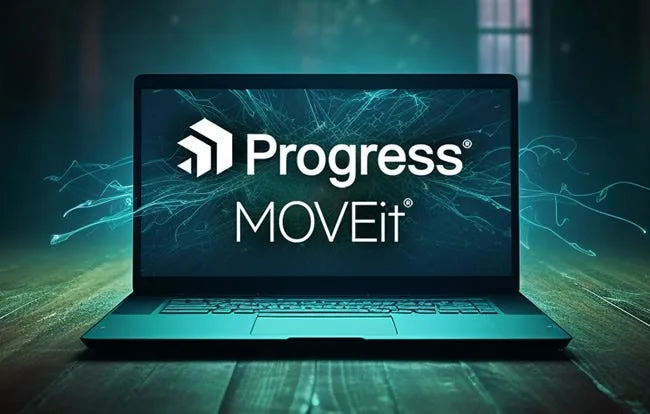
1. Data leaks:
If attackers exploit vulnerabilities in MOVEit, they may gain unauthorized access to sensitive information being transferred through the software. This can lead to data leaks and breaches, compromising the confidentiality of data.
2. Malware distribution:
Vulnerabilities in MOVEit can be exploited by attackers to upload malicious files onto the system or transfer malware-infected files to other users. This can lead to the distribution of malware within the organization’s network, putting data and systems at risk.


3. Unauthorized access:
Vulnerabilities in MOVEit can be exploited to bypass authentication mechanisms and gain unauthorized access to the software or sensitive data stored within it. Attackers can use this access to steal data, disrupt operations, or carry out further attacks on the network.
4. Denial of service:
Vulnerabilities in MOVEit can be exploited to launch denial of service attacks, causing disruption to the file transfer services and potentially impacting the availability of critical business operations.

Dealing with Zero-Day Vulnerabilities

1. Stay Informed:
Keep up to date with the latest news and trends in cybersecurity to be aware of any zero-day vulnerabilities that may be affecting your systems or software. Subscribe to security blogs, forums, and alerts to stay informed.
2. Implement Security Best Practices:
Make sure your organization is following best practices for cybersecurity, such as patching software regularly, implementing strong access controls, using firewalls and antivirus software, and conducting regular security audits.


3. Monitor Network Traffic:
Use network monitoring tools to detect any unusual or suspicious activity on your network that may indicate a zero-day vulnerability is being exploited. This can help you respond quickly to an attack and minimize the damage.
4. Develop Incident Response Plans:
Create a comprehensive incident response plan that outlines how your organization will respond to a zero-day vulnerability or cyber attack. This plan should detail who is responsible for what actions, how to contain the attack, and how to recover and remediate the affected systems.


6. Report Vulnerabilities:
If you discover a zero-day vulnerability in a software or system, report it to the vendor or a responsible disclosure program. This can help the vendor develop a patch or workaround to protect other users from potential attacks.
6.Partner with Security Experts:
Work with cybersecurity experts and vendors to help identify and address zero-day vulnerabilities. They can provide threat intelligence, guidance on the latest security measures, and assist with incident response activities


7. Conduct Security Training:
Educate your employees on cybersecurity best practices and how to recognize potential threats. Human error is often a major factor in security breaches, so training employees to be vigilant and security-minded can help prevent zero-day vulnerabilities from being exploited.
Enhancing Security Posture

1. Implementing multi-factor authentication (MFA) for all systems and applications to provide an additional layer of security beyond passwords.
2. Regularly updating and patching all systems and software to protect against known vulnerabilities and exploits.
3. Conducting regular security assessments and penetration testing to identify and address any weaknesses in the security infrastructure.
4. Implementing network segmentation to isolate critical systems and data from potential threats.
5. Providing security awareness training for employees to educate them on best practices for protecting sensitive information and recognizing phishing attempts.
6. Monitoring and analyzing security logs and alerts to detect and respond to potential security incidents in a timely manner.
7. Utilizing encryption for sensitive data both at rest and in transit to protect it from unauthorized access.
8. Implementing strong password policies and enforcing regular password changes to prevent unauthorized access to systems and accounts.
9. Implementing endpoint protection solutions to defend against malware and other cyber threats.
10. Developing an incident response plan to effectively respond to and recover from security incidents.











